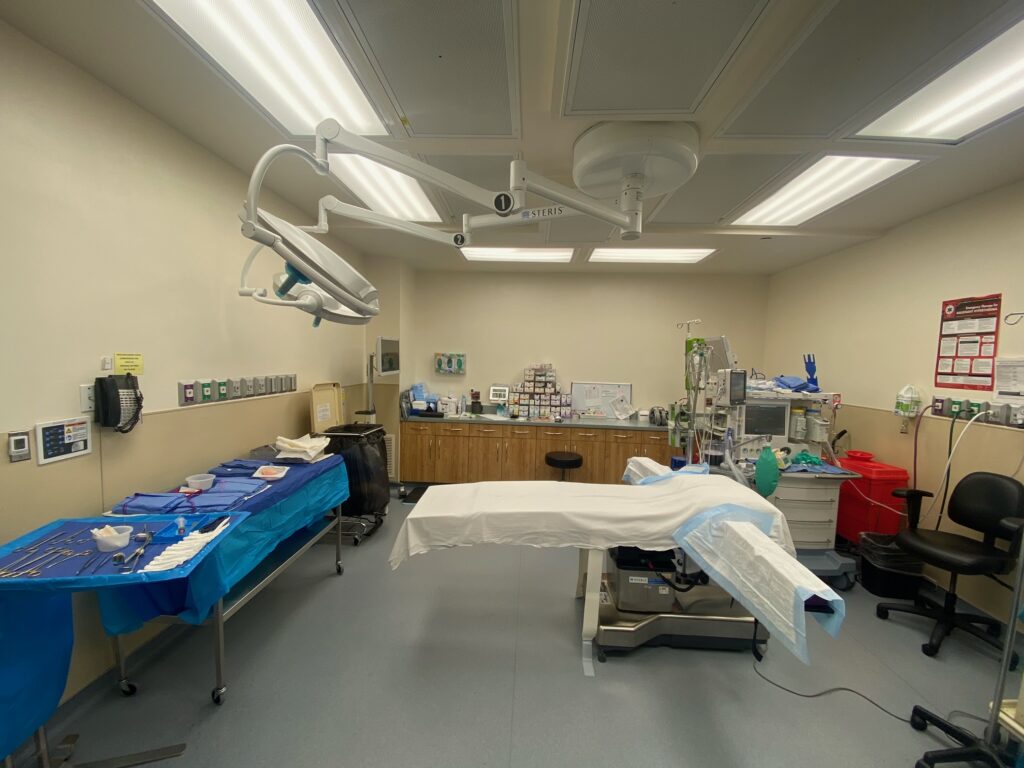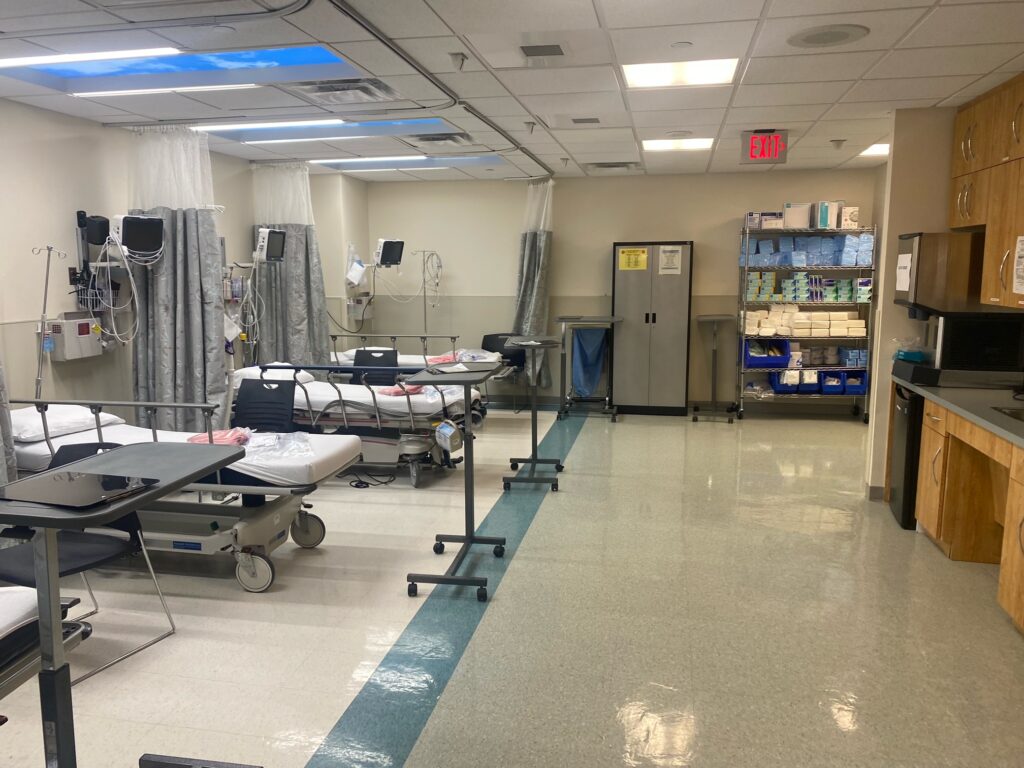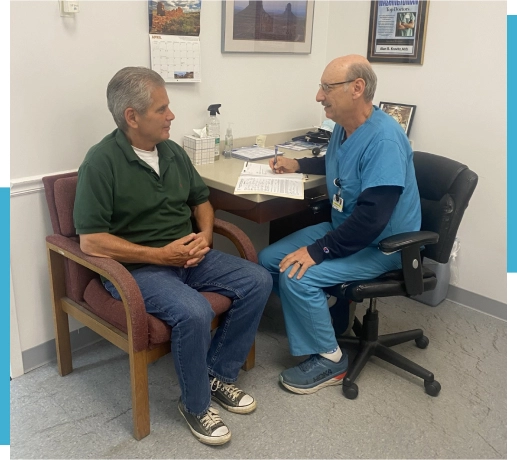HOW ARE HERNIAS REPAIRED?
Over the last 100 years, many techniques have been used to repair hernias. Until about 25 years ago, most of these techniques involved repairing the weakness in the muscle by closing the weakness with stitches. Nowadays most surgeons use plastic mesh to repair and reinforce the muscle through which the hernia has protruded. Although some hernia surgeons use a laparoscope to place the mesh, well-documented studies have shown that this so-called “minimally invasive” technique is inferior to the standard technique that we use at our hernia surgery center. In fact, some of our operations have involved repairing failed laparoscopic hernia repairs!
WHAT ARE THE ADVANTAGES OF USING MESH DURING A HERNIA SURGERY?
There are two major advantages to using mesh for a hernia surgery. First of all, studies have shown that hernias repaired using mesh virtually never come back. Before the use of mesh, recurrence rates were reported to be as high as 10%. With our mesh technique, the recurrence rate of a hernia is less than one percent.
The other major advantage of mesh is that patients whose hernias are repaired using mesh have a much easier recovery after the hernia operation because there is much less tension on the muscles compared to a hernia repair where abdominal muscles are stretched with sutures to cover the hernia opening. Our experience is that most patients are back to work within 5 to 7 days, and we never restrict patients’ activities after hernia surgery.
HOW IS SURGERY PERFORMED?

Most of our hernia surgeries are performed under sedation, otherwise known as “twilight anesthesia”. A board certified anesthesiologist will administer medication intravenously that will make you very drowsy so that you feel no discomfort during your hernia surgery. In addition, your surgeon will give you a long-acting local anesthetic medication which virtually eliminates any discomfort you might feel when you wake up from the anesthesia. A two to three inch incision is then made and the hernia is then repaired by suturing plastic mesh over the hole in the muscle. The incision is then closed with dissolving sutures.
WHEN WILL I BE DISCHARGED AFTER MY HERNIA OPERATION?
Our patients are all discharged an hour or so after hernia surgery. The incision is sutured with dissolving sutures, so no metal clips or skin stitches will ever need to be removed. There are no restrictions whatsoever following hernia surgery, and patients are encouraged to be active and shower.
If you have any further questions about what happens during a hernia surgery operation, contact our hernia center and we’ll be glad to help you!the hernia surgery




